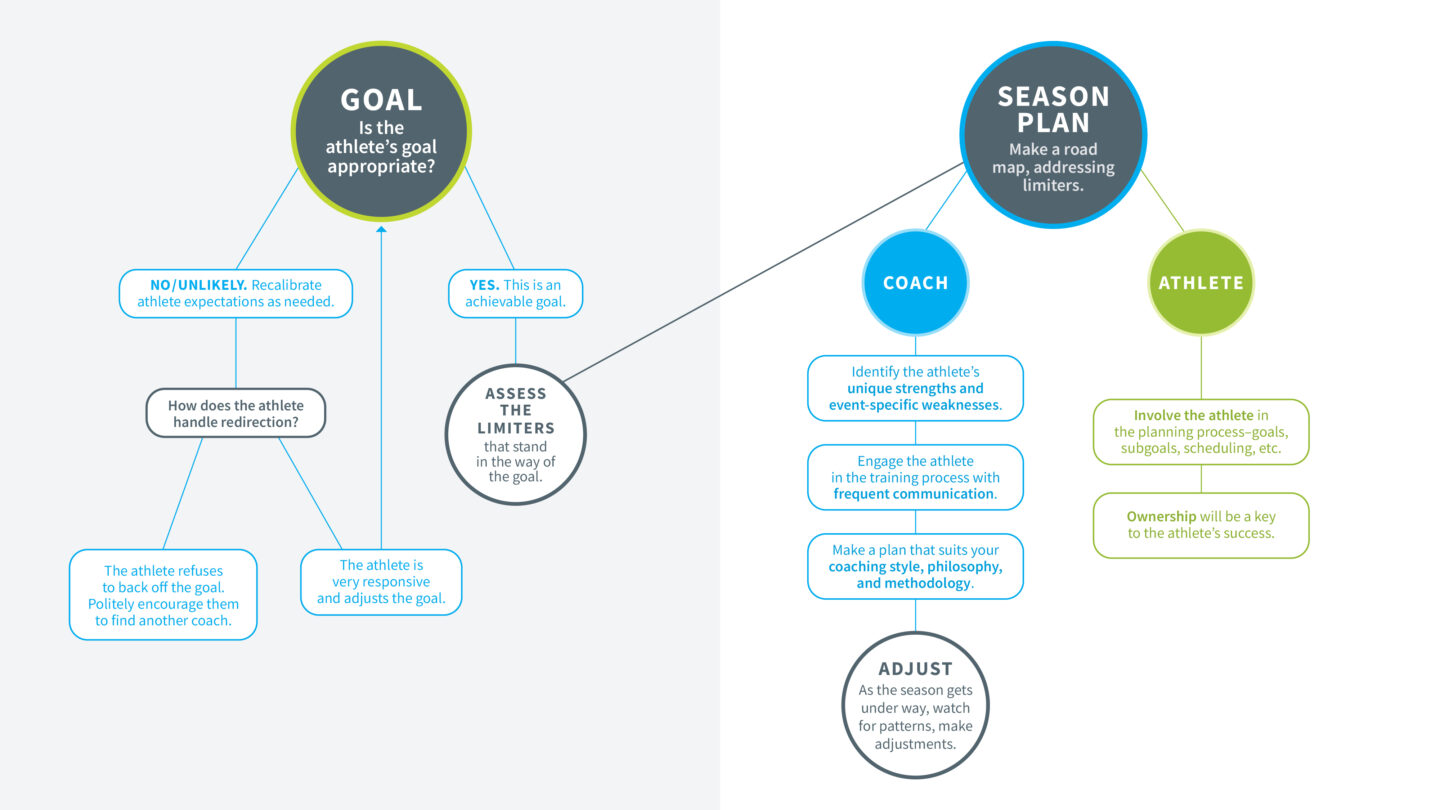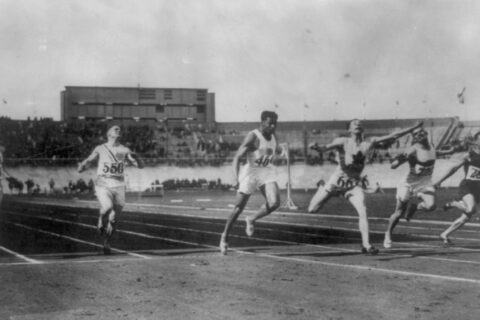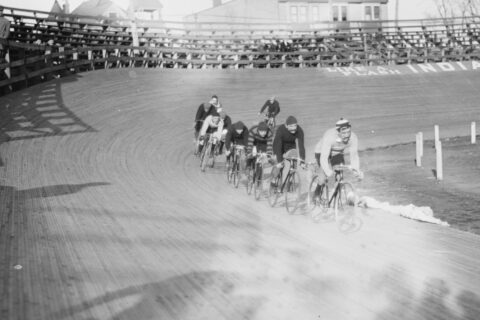Goal assessment and season planning are two details you must attend to in taking on a new athlete.
Goal assessment and season planning are two details you must attend to in taking on a new athlete.

Goal assessment and season planning are two details you must attend to in taking on a new athlete.

Goal assessment and season planning are two details you must attend to in taking on a new athlete.

Understanding the roles you and your child’s coach have in their athletic development can foster a healthy relationship with sports and teach beneficial life skills to take into adulthood.

Over a century of training and racing, coaches and athletes have continually experimented with the balance of volume and intensity. Today’s best practices look to maximize both a high volume of training and a small but potent dose of high-intensity work.

The timely combination of running facilities and stopwatches gave running a leg up on other endurance sports, inviting more structured training and innovation.

The early European cycling scene was convinced that more miles and more racing made champions. By the 1980s, a new generation of pros was redefining the goal and the roadmap to get there.